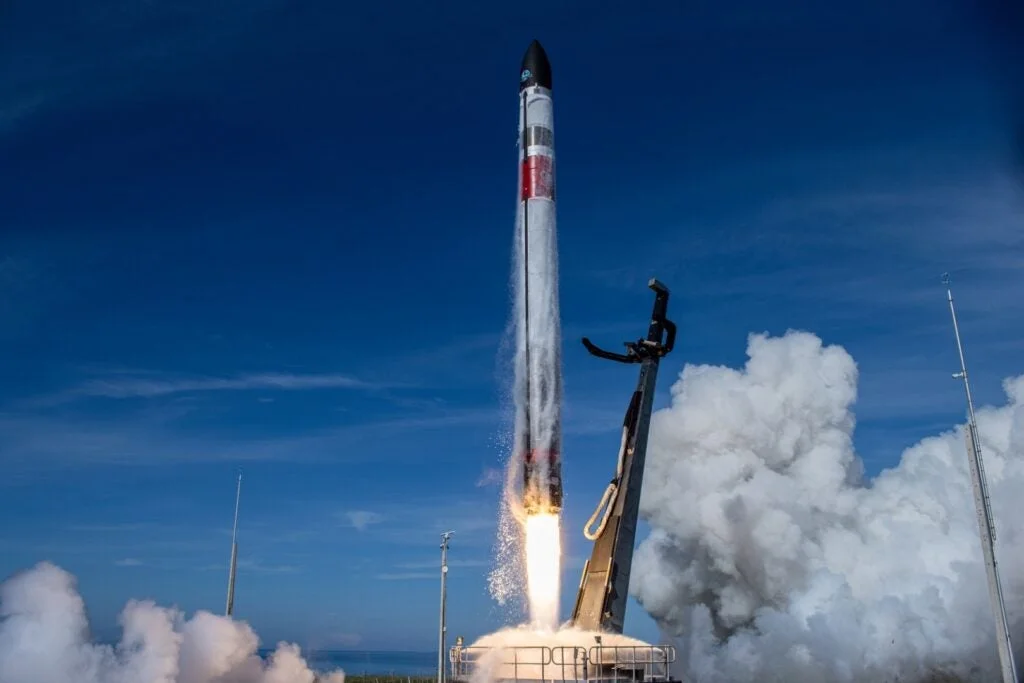
Rocket Lab Achieves Rapid Turnaround with Pioneering Spacecraft for Varda’s Hypersonic Re-entry Missions
Rocket Lab is making waves in the space industry with its remarkable ability to rapidly execute Earth return missions. The company recently announced the successful completion of its third mission for Varda Space Industries, marking a significant milestone in commercial space operations.
On May 14, 2025, Rocket Lab supported the return of Varda’s W-3 capsule. This follows closely on the heels of their previous W-2 mission. This showcases Rocket Lab's capability to quickly turn around complex space missions. According to Varda, that capsule reentered Earth’s atmosphere at speeds exceeding Mach 25.

Sir Peter Beck, Rocket Lab founder and CEO, emphasized the significance of these achievements: "Managing three successful missions for Varda in just over a year is a testament to our team’s ability to produce tailored spacecraft for our customer’s specific needs quickly and efficiently." He further added that the Pioneer spacecraft consistently proves its reliability and versatility. This pushes the boundaries of space technology and underscores Rocket Lab's commitment to advancements in space manufacturing and re-entry logistics.
These missions are pivotal for hypersonic research, and Varda’s capsules are designed to gather critical data. Dave McFarland, Varda’s Vice President, noted that the rapid succession of missions demonstrates a consistently reliable capability. The W-3 mission, in particular, focused on gathering data for military hypersonic research. This included carrying an inertial measurement unit (IMU) developed for the U.S. Air Force by Innovative Scientific Solutions Incorporated (ISSI).
Rocket Lab’s ability to provide these rapid re-entry services underscores the evolving landscape of space commercialization. In February 2024, W-1 marked the first commercial reentry on U.S. soil when it landed in Utah. Since then, the company has been improving its technology, mission turnaround times, and geographical footprint, landing payloads in both the USA and Australia.
Rocket Lab’s Pioneer spacecraft played a critical role in each mission, providing essential functions. These include power, communications, propulsion, and attitude control. The spacecraft are designed, built, and tested at Rocket Lab’s Spacecraft Production Complex in Long Beach, California. It uses vertically integrated components and systems.
The fourth spacecraft in Varda’s W-series is currently undergoing integration and testing. This suggests that the partnership between Rocket Lab and Varda is set to continue pushing boundaries in space technology.
What implications might the success of these rapid turnaround missions have for the future of space-based manufacturing? Share your thoughts in the comments below!